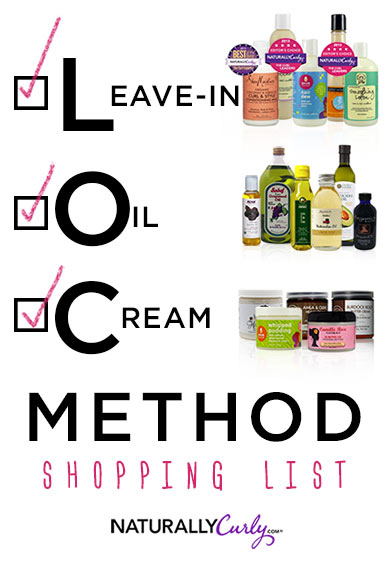The natural hair community is filled with lots of terms, techniques and tricks that need defining for our new and learning #naturalistas.
The complicated and intricate textures that adorn our heads require lots of attention. But, navigating these terms can guide you through just about any tutorial online for your natural curls!

Here, we have highlighted 4 of the most commonly used terms and techniques. For more terms, techniques and tricks, check out Naturally Curly’s Glossary here!
Co-Wash:
To co-wash is to use a conditioner to lightly cleanse and moisturize the hair in between clarifying. The term is short for “conditioner wash.” Co-washes are used by curly-haired women who choose not to use shampoo which can strip the natural oils in your hair.
My current favorite co-wash is by Davines. This brand is all natural & non-toxic. Although it is pricey, it lasts for about 3-4 months and smells AMAZING.

Grab a bottle here.
Curl Pattern
The most recent crowned in kinks post was all about finding your curl pattern.
According to Allure.com, your curl pattern is identified by the shape that the strands of hair make, whether they kink, curve, or wind around themselves into spirals. They can range from 1A to 4c. By understanding your curl pattern, you can tailor routines to your hair’s needs.
LOC Method
The LOC method stands for applying product in the following order: leave-in conditioner, oil, and cream. This helps with long-lasting, moisturized hair in between wash days. This method is regularly highlighted on our blog and keeps your curls fresh for 3+ days if properly wrapped at night!
Check out the easy to follow guide by Naturally Curly below.

Protective Style
A protective style includes any style that preserves your natural hair. This can be a sew-in, box braids, crochet styles and even wigs. Some styles can last from 2-4 weeks and works to maintain the length and strength of your delicate natural hair.
We hope these terms help you succeed in your pursuit of the natural hair community!





